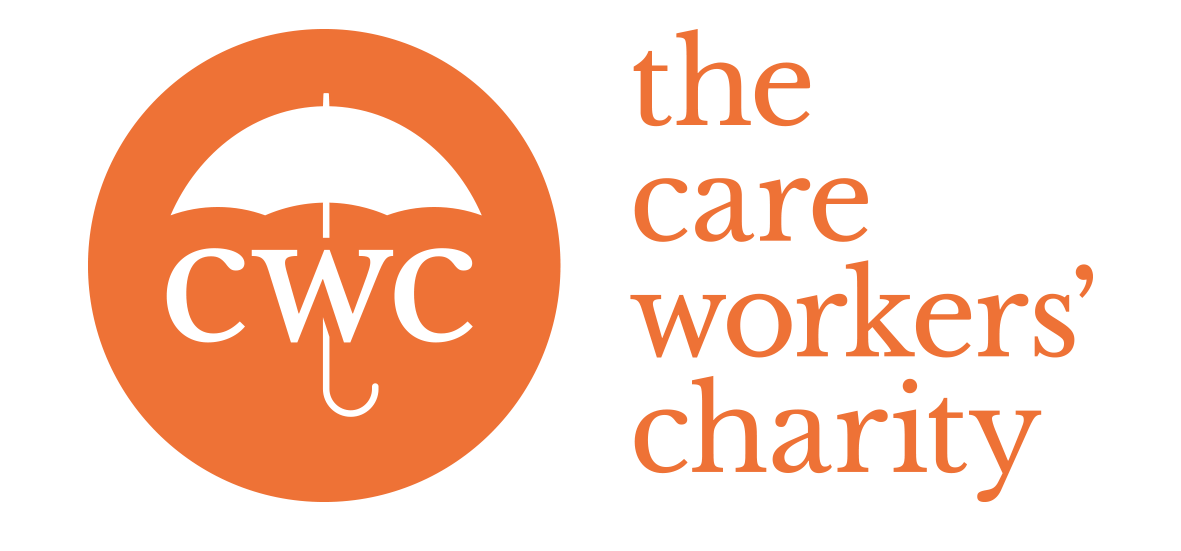10 Ways That Technology Can Help You Deliver Better Care
 Modern technology is magical.
Modern technology is magical.
Not only can we use connected devices to do our weekly shop, but also navigate around busy cities, pay our taxes and send messages across the world.
While many industries have been reborn using such wizardry, social care has yet to catch up with the level of technology currently available.
The reality is that many domiciliary care agencies either still manage most processes on pieces of paper or use outdated software built years ago. When care staff have to travel far and wide to reach their clients, share important information with colleagues, and have the time to deliver high-quality care on every visit, such systems don’t help.
For many care workers, especially those for whom English isn’t their first language, admin can seem daunting, preventing them from spending more time with the very people they want to help. Add to that the need to adhere to CQC requirements, and it’s no wonder that care staff feel stressed and vacancies go unfilled.
So what’s the solution? Modern technology can help.
Here’s our list of the 10 ways technology can help you to save time, save money, keep your clients happier, and ultimately give yourself the freedom to stop focusing on admin, and instead focus on what really matters – delivering the best possible care.
1. Save Money
Paper is expensive. Ink is expensive. Driving around to collect paper records, or having your care workers bring them to the office is time-consuming and expensive. Filing away pieces of paper in large filing cabinets for 8 years takes up space and more cost. By ‘going digital’ you can save huge amounts of money – we estimate at least a few hundred pounds every month – by simply switching to a digital reporting and care planning system. This leaves you with more money to reward your superstar care workers, and treat your clients.
2. Keep Data Safe
Paper records are visible to anyone who visits your client’s home. While this can be useful in certain circumstances, it’s also incredibly dangerous for any malicious visitors, who instantly having access to the clients medical history and background. The new General Data Protection Regulations (GDPR) also dictates that care worker schedules are no longer circulated on paper or by email, as these list out all your client names, addresses, and when these possibly vulnerable people will be alone. Technology can help – with digital scheduling and rostering tools, your clients’ data can all be kept secure and encrypted, and only accessed by those who are supposed to see it.
3. Avoid Missed Visits
The fundamentals of care: simply turning up on time. However, we know this is a difficult one to crack, with so much variability in which care worker is visiting which client, client absence, care worker holidays, and the number of things that can throw your team off track during the day. With digital scheduling tools, you can be alerted to any late visits, giving you and your Care Coordinator the choice of how to deal with the lateness – reschedule, inform the client, etc – and ensuring that no visits are completely missed.

4. Keep Your Care Workers Happy
No one enjoys admin. You’ve spent all that time hiring great people who can care for your clients, only to them ask them to do paperwork instead. With digital reporting tools, care workers can save tonnes of time by capturing all the details of their visits in a few simple taps, and even using voice-to-text dictation software to remove the need to type – a feature built into almost all modern smartphones. You get the data you need for the CQC, your care workers save time, and more importantly, they feel invested in by their company, who’s willing to provide them with tools to make their job easier. We’ve even heard that a care worker switching from paper to a digital reporting tool managed to save over 20 minutes in admin on his very first day after the switch. Multiply that across a whole week, month, or year, and it mounts up to over 100 hours of extra care each care worker could be providing in the same weekly schedule.
5. Keep Your clients and Their Family Happy
Families of your clients range from the totally un-involved, to daily phone calls to your office to check in. This isn’t great for families, who need visibility over what’s going on, or for you having to spend time fielding these calls. Modern technology can help by providing families with real-time updates of how you’re supporting their loved ones, without your care workers having to do any extra work. What’s more, many care
management tools enable you to receive alerts, or set birthday reminders for your clients, so you can not only appease the families, but go above and beyond to show how much you also care about their loved ones, and fix any issues before they become real problems.
6. Improve Communication Between Care Workers
With many care workers visiting multiple clients; handover is critical. However, this can be really difficult when the care workers don’t physically get to see each other. Again, digital systems can help. Care workers can be given access to see notes from all of their colleagues and, better than paper notes, digital tools avoid any issues of illegible hand-writing, grammar, or punctuation. The other advantage to digital notes over paper, is that the care workers don’t have to be in the client’s property to read them. We hear about care workers reading notes in bed, the night before their shift, to know what to expect the following day. Who wouldn’t want empowered and engaged staff, ready to hit the ground running when they start each daily shift?!
7. Safeguard Your Clients and Care Workers
Have you ever had a claim from your client or their family that the care worker didn’t turn up on time, or at all, and all you have to support your care workers is their word? Digital systems can help to capture the specific location of care workers when they ‘check in’ and ‘check out’ of each client visit, using technologies like GPS, QR codes, or NFC tags. Not only does this help you to safeguard your care workers and your clients, with evidence of the exact locations of the visits, but it also keeps your insurance premiums low by being able to evidence who was where, at what time, and what took place. It’s especially useful on ‘refused entry’ visits or times when the client isn’t at home, to support the case for your care

8. Uncover Efficiencies in Your Business
Until you measure something, you can’t improve it. By moving care records from paper to a digital system, you can unlock the power of the huge amounts of data you’ve been collecting, perhaps without even realising. You can answer questions like: how long do we spend on average per visit? What are the main activities our care workers are involved in? What’s the best way to route care workers to visit all the clients in a given area? Technology can help to answer all of these questions quickly, and help you to spot areas of your business that could work more efficiently. If you’re working efficiently internally, it again gives you more time and resources to spend on your clients and care workers.
9. Keep the CQC Happy
The dreaded CQC inspection – it comes out of nowhere, and everyone drops everything to scrabble together all the information they need to see to make their assessments, and as the saying goes ‘if it wasn’t written down it didn’t happen’. But it doesn’t have to be such a burden. Many digital care systems allow you to capture changes to a client’s care to show how you’ve been ‘responsive’, testimonials from clients and care workers to show how the business is ‘well led’ and ‘caring’ and a host of other tools to demonstrate against the Key Lines of Enquiry, in just a few clicks. Technology can turn a CQC inspection from a nightmare, to a gentle walk in the park.
10. Get More Clients and Keep Current Clients for Longer
Finally, technology can help you to attract more clients, and keep them for longer. We’ve heard how real-time updates for families, has helped some agencies to land new clients as a value-added service. What’s more, being able to spot trends in client behaviour and wellbeing through daily capture of ‘how did your client appear to be feeling today’ can help you to avoid deterioration in health, and keep your clients out of hospital for longer. Healthier, happier clients stay with you for longer, and happier families refer you to more of their friends – win win for everyone.
We hope you can now see the ways in which technology can help deliver the best possible care, and really take a look at moving some of your processes from paper to digital.
If you’d like to find out how technology can help you to deliver better care, visit at www.weareoncare.com.
Author: Alistair Cohen, OnCare – A Digital Care Management Platform (Please note: the views and opinions expressed in this article are those of the author and do not necessarily reflect the official policy or position of The Care Workers’ Charity).
